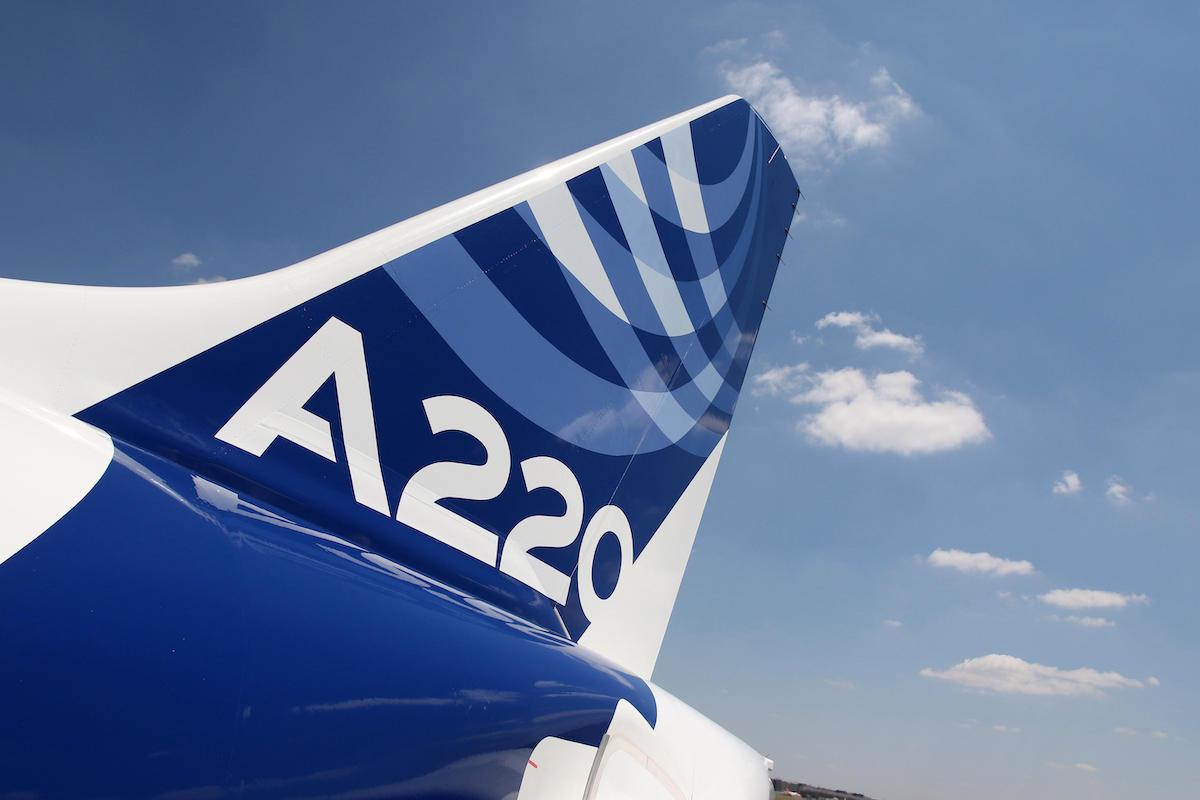
The debate about 2022 commercial aircraft deliveries has very much focused on delays and supply chain issues rather than market dynamics.
But a deeper dive into the Airbus numbers shows increasingly strong signs of a shift in production that will have big ramifications over time and is already the topic of many discussions with customers behind the scenes.
Last year was the first in which Airbus delivered more A321neos than A320neos. The manufacturer put out 264 of the larger aircraft and only 246 of what used to be the best-selling and core member of the family. That is a natural consequence of the A321neo’s larger firm order backlog which now stands at 3,674, compared to “just” 2,044 for the A320neo. That airlines are moving toward the larger narrowbody is more than evident in the numbers.
The part that gets easily overlooked is that in spite of an overall 8% rise in production over 2021, Airbus actually produced fewer A320neos in 2022 than a year earlier—246 versus 258. One might think this is linked to the supply chain problems that are keeping half-finished aircraft on Airbus premises much longer now. If that was the main reason, then surely the A321neo would have been even more affected by it, given that it is the more complex aircraft to build, relying on an even greater number of suppliers and parts that can go missing. However, in spite of everything, Airbus boosted A321neo output by 32%—from 199 to 264 units.
And the trend will continue: the new final assembly line in Toulouse is capable of building the A320neo in principle, but it will initially focus on the more standardized versions of the A321neo. A lot has been said about Boeing’s unbalanced 737 MAX backlog, heavily tilted toward the second-smallest variant, the 737-8. On the Airbus side, the narrowbody backlog and increasingly production are no longer balanced, but of course in its case to the benefit of the largest version of the family.
It would be an exaggeration to say that Airbus is slowly abandoning the A320neo. Even if all it did on the narrowbody side was producing A320neos, it would have a backlog worth roughly four years of production at current rates. But it is fair to say that given the option, Airbus prefers to fill production slots with A321neos that produce much higher revenues and—excluding supply chain delays and learning curve issues—higher profits for the OEM.
And that is where its major strategic advantage over Boeing comes into play. It is called the A220. Airbus currently builds the -100 and the -300 but could at any time launch another stretch of the aircraft, presumably dubbed the -500. That aircraft is expected to be highly efficient, given that stretches tend to be more efficient than baseline versions.
Airbus has always said that it will eventually offer the version but has also always stressed that it wants to reach operational break-even with the current models before committing to the stretch.
A220 output is to go up to 14 aircraft per month by the middle of the decade, more than three times the current actual rate, which stood at 4.4 per month in 2022. If an A220-500 was to fill a significant part of the A320 market, rate 14 would not nearly be enough.
Designing the stretch is also not as simple a task as one might think. The A220-300 has a range of 3,400 nm, essentially the same as the A320neo. A stretched version of the aircraft that would use the same wing and uprated engines would almost by definition lose range. To give the A220-500 the same range as the A320neo would not be impossible but would require more substantial changes that would make development more expensive—an investment that Airbus would want to recover in aircraft pricing.
Few airlines actually need that kind of range from their current A320neos so most will argue that Airbus should go for the simpler solution. Even Delta’s Atlanta hub is located far enough West that it could presumably fly such a -500 to the West Coast—Atlanta-Seattle is a 2,200-nm trip, so why would the largest A220 customer want more range?
Yet ironically, Airbus would then face the same problem with the A220-500 against the 737-8 that Boeing has with its 737-10 versus the A321neo at the larger end of the narrowbody market: a significant range shortfall. Boeing advertises the 737-8 at a 3,550-nm range, already more than the A320neo and an advantage that would only become bigger.
Airbus can probably live with somewhat of a shortfall, certainly in the short term. But the answer becomes more difficult if the A220-500 is not only seen as competing against the MAX, but also a likely successor in the 2030s.
